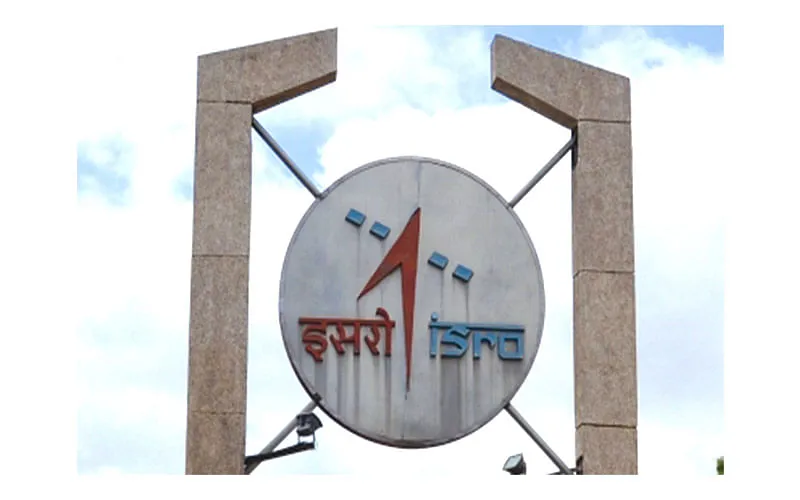Sriharikota (Andhra Pradesh: ISRO is gearing up for the launch of its heavy communication satellite CMS-03, weighing around 4,410 kg, from the Satish Dhawan Space Centre on Sunday.
According to the Bengaluru-headquartered space agency, CMS-03 will be the heaviest satellite ever launched from Indian soil into a Geosynchronous Transfer Orbit (GTO). The satellite will ride aboard LVM3-M5, also known as ‘Bahubali’ for its powerful heavy-lift capability.
ISRO confirmed that the 43.5-metre-tall rocket has been fully assembled, integrated with the spacecraft, and moved to the second launch pad for pre-launch checks. The liftoff is scheduled for 5:26 p.m. on November 2.
The LVM3 (Launch Vehicle Mark-3), also referred to as GSLV Mk-III, is ISRO’s next-generation heavy-lift launcher designed to place 4,000 kg class satellites into GTO in a cost-effective manner. The three-stage vehicle includes:
Two solid strap-on boosters (S200)
A liquid core stage (L110) powered by two Vikas engines
A cryogenic upper stage (C25)
Together, these systems make the LVM3 capable of carrying 4,000 kg payloads to GTO and up to 8,000 kg to Low Earth Orbit (LEO), ensuring India’s self-reliance in launching heavy communication satellites.
The upcoming mission marks the fifth operational flight of LVM3.
Earlier, ISRO had launched its heaviest satellite, GSAT-11 (5,854 kg), on December 5, 2018, from Kourou, French Guiana, aboard the Ariane-5 VA-246 rocket.
The CMS-03 satellite, described as a multi-band communication satellite, will enhance connectivity and provide communication services across the Indian mainland and adjoining oceanic regions.
The previous LVM3 mission powered the Chandrayaan-3 lunar mission in 2023, which made India the first nation to land successfully near the Moon’s south pole.
The S200 boosters used in LVM3 are developed at the Vikram Sarabhai Space Centre (Thiruvananthapuram), while the L110 liquid stage and its Vikas engines were designed and developed at the Liquid Propulsion Systems Centre.













